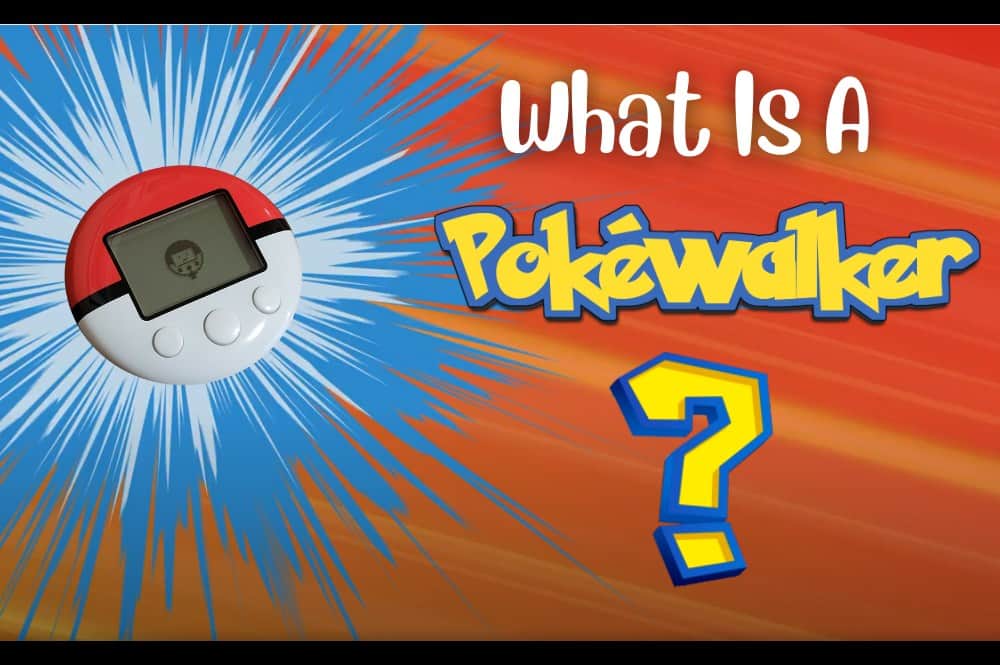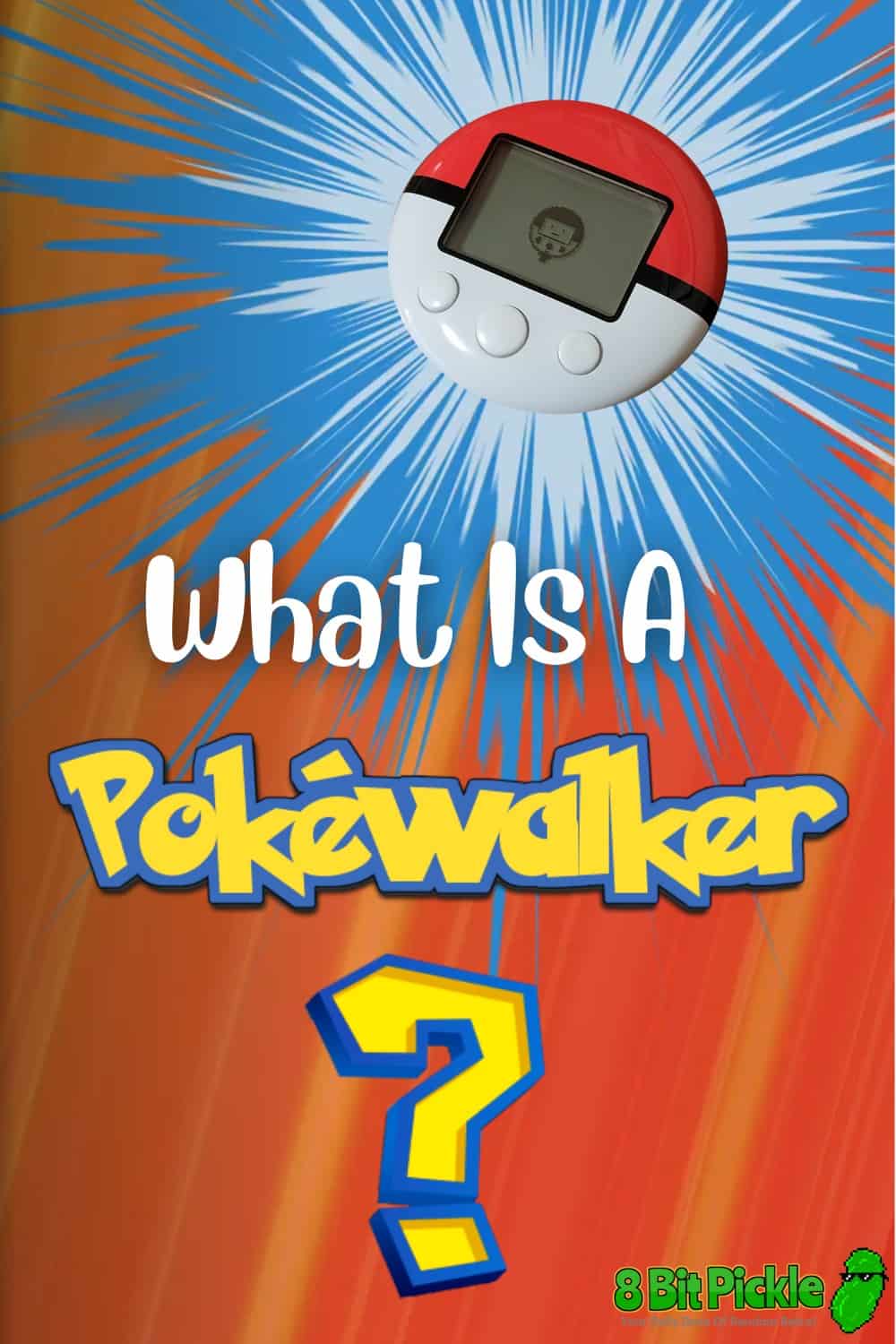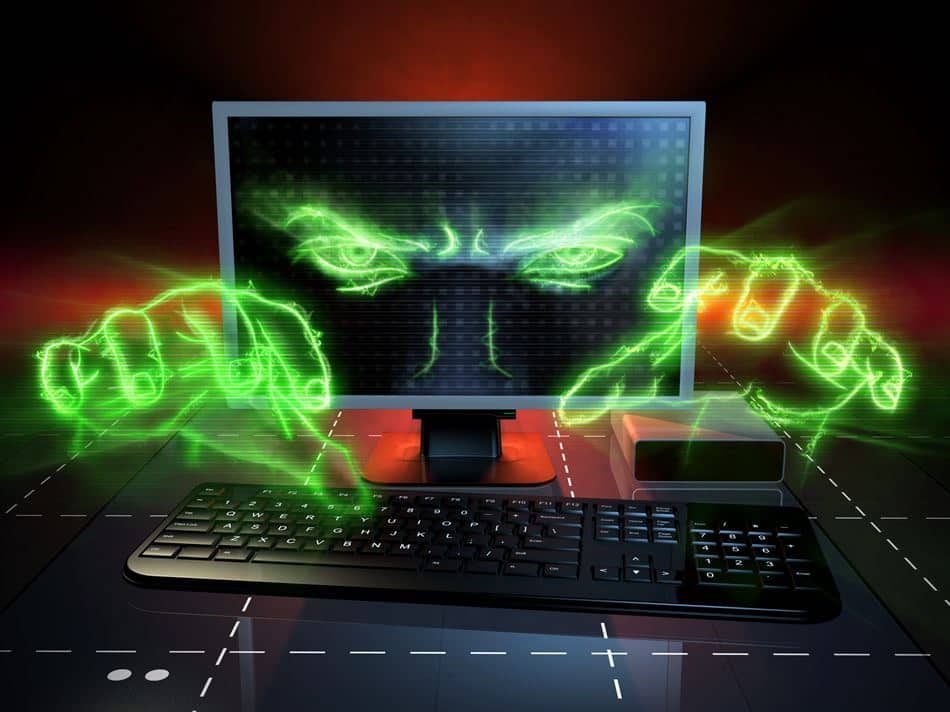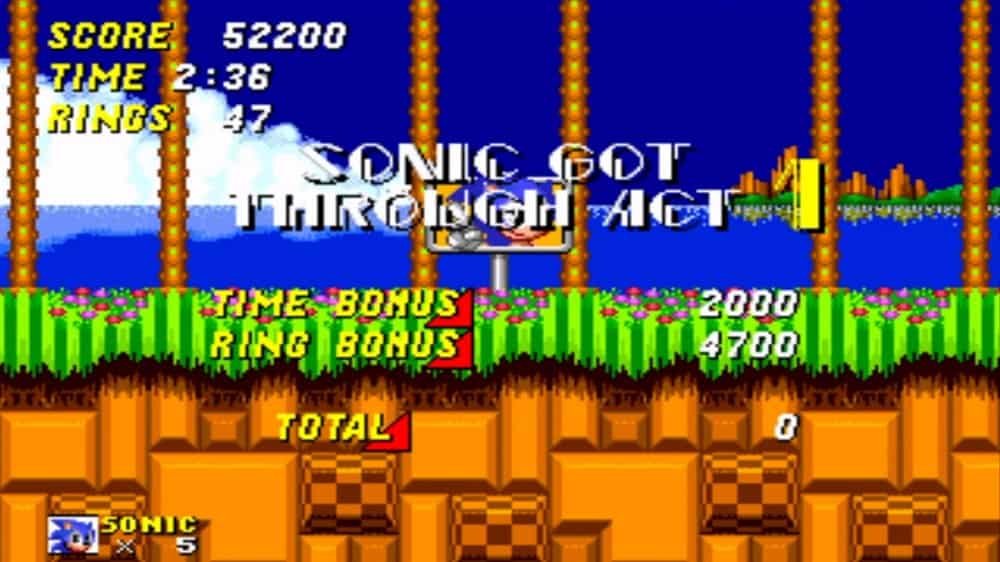Pokémon is big! Like the highest-grossing media franchise of all time big!
Estimated to be worth over $105-Billion USD, Pikachu and his Pocket Monster pals currently trump the total worth of such big-name brands like Hello Kitty, Marvel, Star Wars, and Super Mario to name but a few.
Encompassing a library of video games, a long-running anime, beloved manga, and a highly collectible trading card game, Pokémon is a pop-culture juggernaut in every sense of the word. And, despite twenty-five years in circulation, it doesn’t look to be slowing down anytime soon.
Since it first debuted over in Japan back in February of 1996, the powers that be behind the Pokémon phenomenon have tirelessly searched for ways to keep the franchise feeling fresh. Whether it be the Pocket Pikachu virtual pet, or the hugely popular Pokémon Go! mobile app, these innovative expansions have helped the brand demonstrate some serious staying power while leaving lesser names in the dust.
One such release that helped contribute to this seemingly unstoppable growth was the Pokéwalker! So, what is the purpose of the Pokewalker?
What is a Pokéwalker?
A Pokéwalker is a pedometer device that was created for use with Pokémon HeartGold and SoulSilver for the Nintendo DS. The Pokéwalker features a Poké Ball design and is able to interact with the games in various ways through the use of infrared signals.
An ingenious self-contained device, it took the rather unique playability of the franchise and launched it headlong into an entirely new decade of Poké popularity. Let’s take a look back at this glorious little gem!
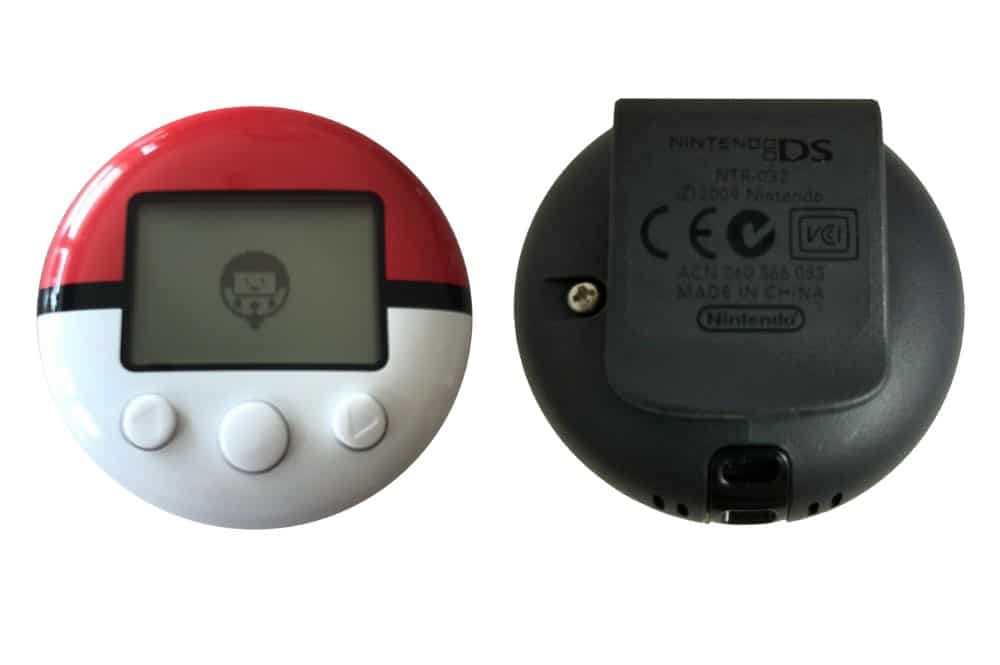
The Power That’s Inside
Released in Japan on September 12th, 2009 the Pokéwalker is the brainchild of Tsunekazu Ishihara who came up with the idea following a walk with his dog.
Bundled with copies of Pokémon HeartGold and SoulSilver upon its release in Asia, North America, and Europe, the device features a small monochrome LCD screen and three functioning buttons.
The Pokéwalker records every time that a step is taken, and the daily step count ends up influencing which wild Pokémon and items will appear before resetting at midnight each day.
>> Get a Pokéwalker on Amazon <<
What Does The Pokéwalker Do In Pokemon HeartGold and SoulSilver?
Players can transfer a Pokémon of their choosing to the Pokéwalker from either HeartGold or SoulSilver, which will gain experience for each step taken with the device. This sets the Pokéwalker apart from both the previously released Pokémon Pikachu and Pokémon Pikachu 2 GS step counters, which only allowed the beloved brand mascot to come along for the ride.
In addition to giving players a new means to boost the experience of a chosen Pokémon, the Pokéwalker also incorporated exercise as a fun way to gain access to additional in-game currency.
The franchise uses a currency known simply as Watts. When using the Pokéwalker, players will earn one watt for every twenty steps taken – again encouraging and incorporating physical activity into gameplay.
Players can also catch various Pokémon and obtain items on the device. They can then transfer them to their personal copies of either game as they see fit.
I Want To Be The Very Best
As an added bonus, the Pokéwalker also grants early access to Pokémon that are normally unavailable until after the player has traveled to the Kanto region.
The Pokéwalker has a total of twenty-seven distinct areas that can be accessed while in use. As expected, different species of Pokémon can be found and caught in each area. Two areas are unlocked from the start, while more can be unlocked by various means such as walking and spending watts.
Players can still use the Pokéwalker without a Pokémon stored in it. It will continue to accumulate steps and watts. Additionally, Pokémon from the route being walked may voluntarily join up with a player’s empty Pokéwalker – taking the place of the missing Pocket Monster and essentially being caught for free.
Pokéwalker, Go!
The Pokéwalker contains some rather interesting features meant to further immerse players within the world of Pokémon. The Poké Radar function will cost players ten watts to use and enables them to locate different types of Pokémon while on their walk.
When this function is used, players will be taken to a screen featuring four different patches of grass. After a short period of time, an exclamation mark will appear above one of the patches and players must look inside before the allotted time expires.
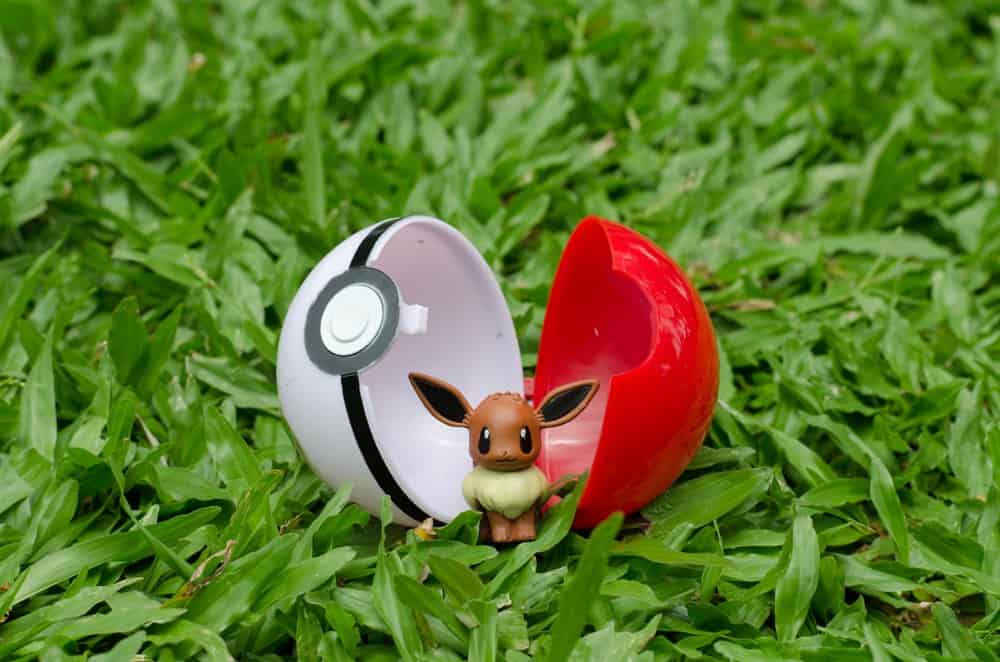
If the player selects the appropriate patch of grass in time, a battle will ensue with a surprise Pokémon – thus affording the player a chance to catch it just like in the regular games. Should the exclamation marks disappear before being selected, the Poké Radar will then be reset and cost an additional ten watts to use.
Another function of the Pokéwalker is the Dowsing Machine. Similar to the Poké Radar, this option will help players locate different items in the wild. Each use of this function costs three watts, and the player has two chances to find an item hidden among six patches of grass. If no items are found, the Dowsing Machine will reset and players will have to spend an additional three watts to use it again.
Other menu options featured within the device include a connection option that allows players to link up with other Pokéwalkers. Trainer Card, Settings, and Pokémon & Items options are also available.
To Train Them Is My Cause
For those wondering, a Pokémon that has been transferred onto a Pokéwalker is not actually removed from the game and moved to the device. Rather, the creature’s data is simply copied and sent to the device.
When this happens, the chosen Pokémon is put aside and can’t be used in the game until the data has been returned back to that game. That said, a Pokémon can be restored to the game it was taken from even if a Pokéwalker is lost, damaged, or stolen. Simply press and hold the Up, Select, and R buttons at the Pokéwalker connection screen on your Nintendo DS, and the copied Pocket Monster will be returned to your game.
Additionally, following a sync with the games, any Pokémon caught in the Pokéwalker will be put into a PC box, while any items found on the device will be placed into the Bag’s appropriate pocket.
This ingenious little device is capable of linking up with any DS system, as the infrared receiver is actually located within the game cartridge itself, rather than on the system.
Oh, and if that’s not cool enough, a Pokéwalker is actually capable of changing its intended language when synced with a new game! Thus, if a device that came with a Japanese copy of the game is linked up with an English version of the game, the Pokéwalker will be in English after successfully linking up!
Can You Use A Pokéwalker On Different Games?
Currently, the Pokéwalker is only compatible with Pokémon HeartGold and SoulSilver for the Nintendo DS. Both these games appear to be getting a remake on the Switch soon. So we may see future compatibility.

Yes, the Pokéwalker truly was something fresh and exciting when it first hit the market all those years ago! While rather simplistic by today’s standards, it still continues to be a popular piece of Pokémon gaming history more than a decade later!
While HeartGold and SoulSilver are far from the newest chapters within the ever-expanding Pokémon franchise, the slick little Pokéwalker continues to climb in popularity amongst fans and collectors – and prices on the secondary market prove this beyond a shadow of a doubt!
Why Is The Pokéwalker So Expensive?
The Pokéwalker has such a high price because it adds an extra layer of play. Pokémon HeartGold and SoulSilver are regarded by many fans to still be the very best games within the Pokémon franchise.
In addition to being chalked full of content and all the most beloved Pocket Monsters from across more than a few generations, both titles are seen by many to be the most interactive and immersive Pokémon games available today!
As such, boxed copies bundled with the Pokéwalker are currently fetching well over $200 – $400 USD on the secondary market. Loose copies on their own will still set you back more than $50 USD in most cases, while the Pokéwalker on its own is selling for up to $100 USD in good, working condition!
Not too shabby for a game considered to be well past its prime!
You Teach Me, And I’ll Teach You!
Interestingly enough, it is not just the pull of nostalgia that continues to keep the Pokéwalker climbing in popularity more than a decade after its release. Believe it or not, the handy little device is regarded by many to be one of the most accurate pedometers available on the market today!
Yes, in 2011 the Pokéwalker was part of an Iowa State University study that tested step-counting devices for accuracy. A study that saw the Nintendo product rise above both a standard DigiWalker pedometer and a Sensewear armband to emerge as one of the very best step counting devices the world over!

During the study, it was discovered that the Pokéwalker had substantially reduced step-counting errors over its much more expensive competition! “In comparing all those measures, the Pokéwalker did very well,” said Lorraine Lanningham-Foster, the professor who spearheaded the study. “It’s very accurate and precise. So as a tool that can be used to actually change behavior and a child can use to truly understand and learn about how much they’re walking, it could be a good tool.”
Master Of Them All
In creating the Pokéwalker, Tsunekazu Ishihara looked to breathe new life into a franchise that had stuck around far longer than most had expected! Metaphorically rolling the dice, the gamble came off as a major win, one that successfully took Pokémon into an entirely new decade and kept all our favorite Pocket Monsters firmly planted within the pop culture Parthenon as never before!
Encouraging and incorporating physical activity into gameplay, this fantastical little machine expanded upon the concepts first explored with the launch of the Nintendo Wii three years prior, and proved to the world that video games could be used to successfully get people off of the couch and back out into the wide, wonderful world once more!
As the theme song says, gamers would travel across the land, searching far and wide for the rarest and most elusive of Pokémon. They’d have fun and get some much-needed fresh air in the process.
Yes, no more were video games the IQ draining poison of couch potatoes across the globe, but a genuine means to take the immersive nature of the titles we loved to the next level – and, as never before!
Thank you, Mr. Ishihara! Thank you for not being afraid to try something fresh and new! Thank you for helping bring video games into the realm of physical activity! And, thank you for allowing millions of people across the planet to successfully live out the dream to become bonified Pokémon Masters – and keeping all of these amazing creatures around for an entirely new generation of fans and gamers alike!
Happy 25th anniversary, Pokémon!
Last update on 2024-04-04 at 01:36 / Affiliate links / Images from Amazon Product Advertising API
